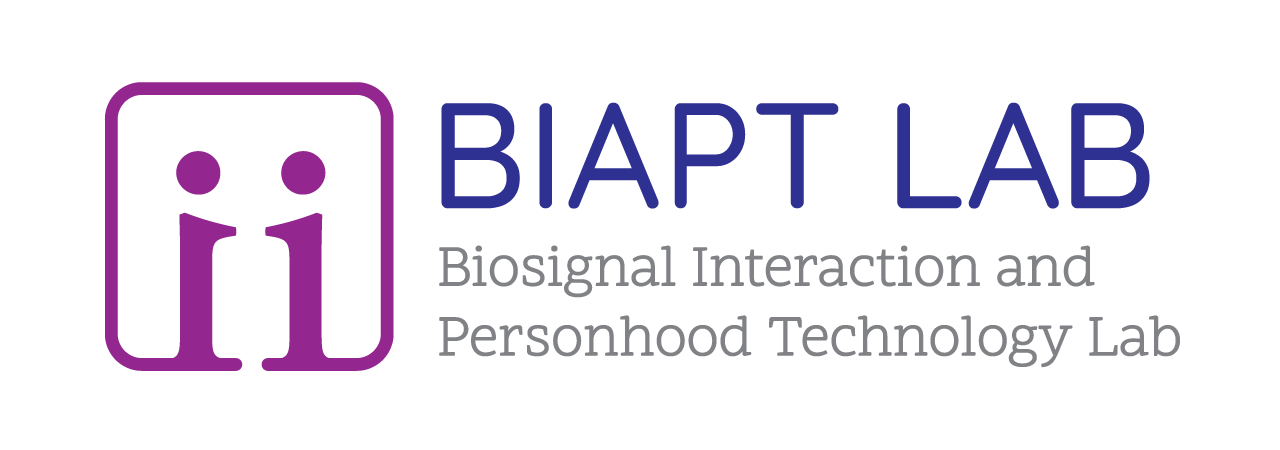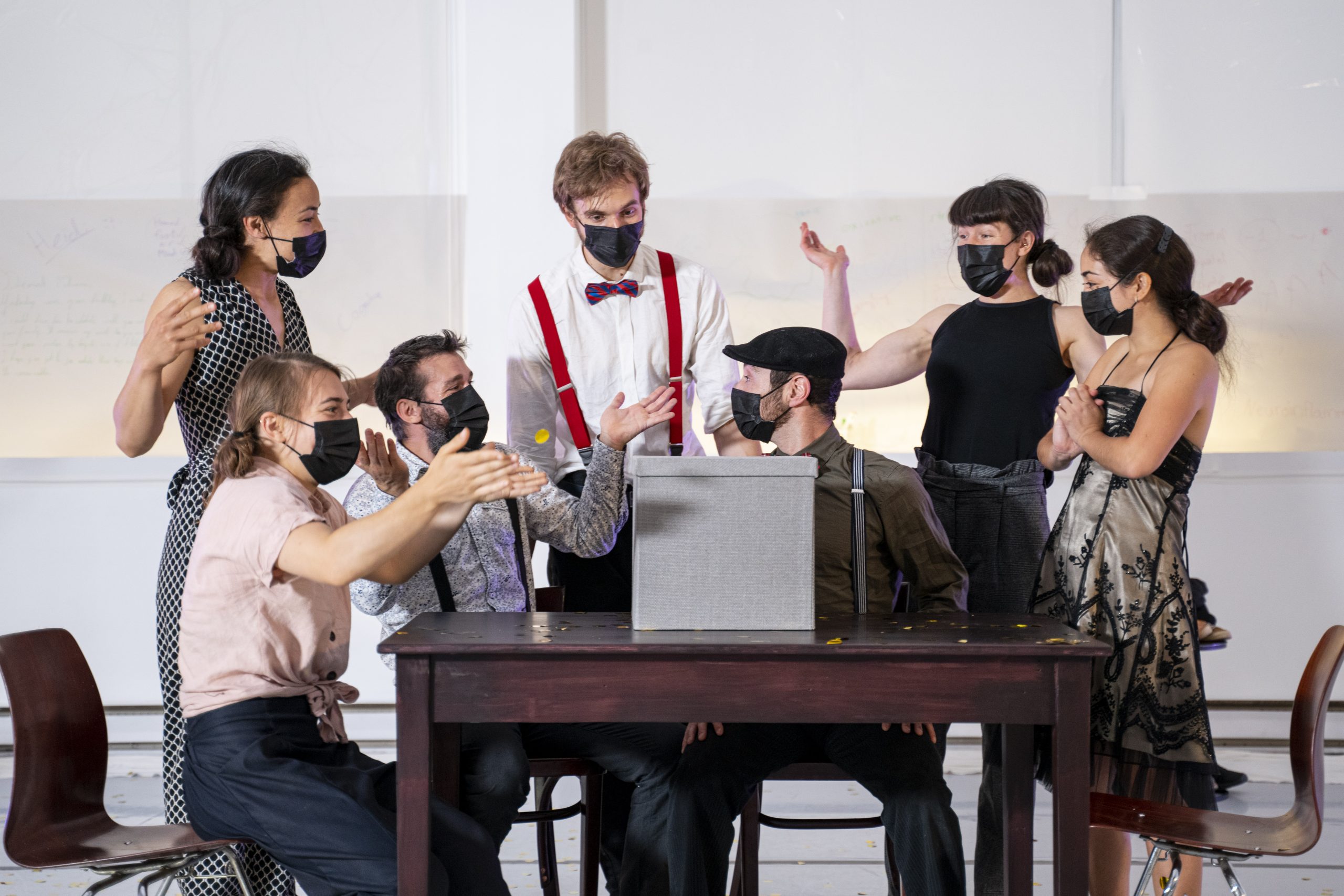Photo credit: Naomi Silver-Vézina
The BIAPT lab is interested in exploring the relationship between consciousness and personhood. The concepts of person and personhood play pivotal roles in Western medical care and clinical ethics. The claim to personhood has long been considered to be threshold-setting such that, when someone is considered a person, a number of entitlements and obligations follow that are not attributable to non-persons. Individuals who exist with little to no responsiveness trouble our notions of consciousness, responsiveness and personhood, as well as their ethical implications.
We have explored the relationship between consciousness and personhood in medical settings. Drawing from different clinical situations (disorders of consciousness, emergence from anesthesia, neocortical death), we have exemplified the different modes in which personhood and consciousness can be associated and disassociated. Based on these examples, we call for a reflection on and possible revision of the dominant approaches towards unresponsive persons to one in which care provides may work from the default assumption of the existence of an individual’s personhood as part of their therapeutic intervention. The full paper was published in Frontiers in Human Neuroscience: “Consciousness and Personhood in Medical Care”.
We are also exploring the perceptions of consciousness and personhood in minimally communicative individuals whose caregivers are co-designers of our biomusic technology. Using ethnographic fieldnotes and interviews with caregivers around their perceptions of the non-communicative individual, our work focuses on the relational elements of personhood that are situated, temporal and contextual. This work is being conducted in partnership with Laura Specker Sullivan at Fordham University.

